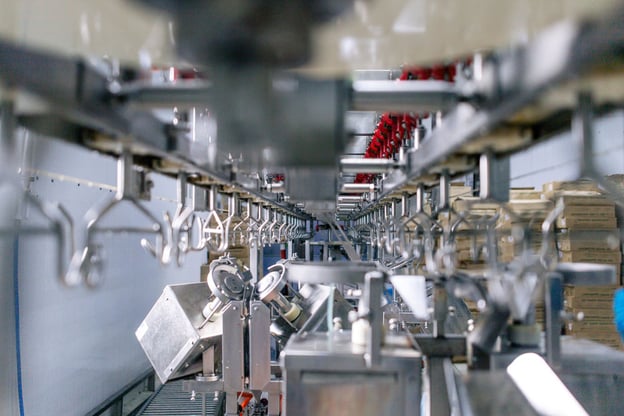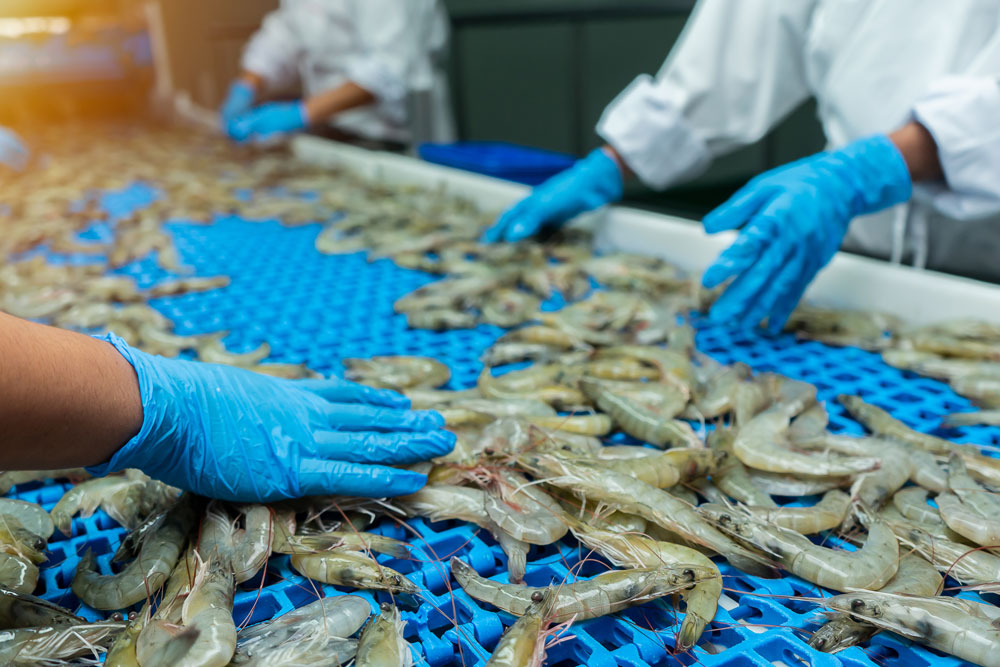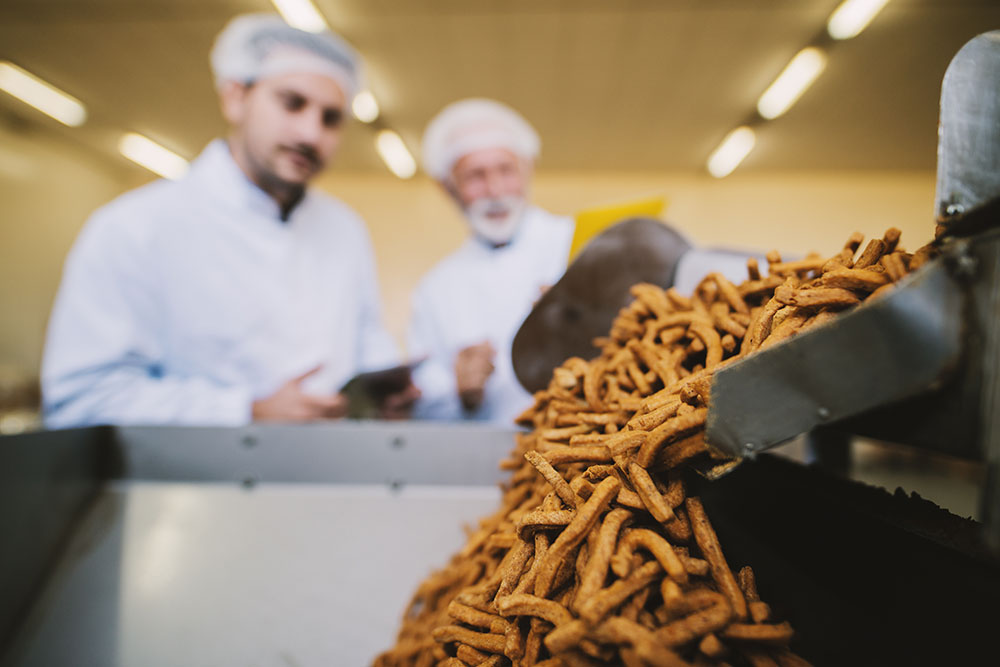Floor drains in food processing facilities can come with a litany of potential problems. From broken grates to clogging, issues can vary in size and severity, but one particular problem to watch out for is insects in your drainage.
When floor drains are dirty, they become the perfect breeding ground for not just bacteria, but for flies as well. Naturally, this is a major cause for concern for a few reasons. Here are some of the reasons and how to eliminate or, better yet, prevent this problem.
THE PROBLEM WITH TRADITIONAL TRENCH DRAINS
Flies are attracted to food and bacteria, which can easily grow in a food facility's drain system when it is not cleaned properly or made from improper materials.
Even if you try to keep the drain clean, the shape and build can pose a problem. Some drains have a U-shaped bend in their design, known as a P-trap. The P-trap retains small amounts of water meant to seal the drain, so sewage gasses don't enter.
This safety measure can, however, backfire: if enough wastewater is collected in the P-trap, without enough water left to flush away the solid waste, those solids will remain in the trap and begin to decay. That decaying waste will, in turn, attract flies and other insects.
A NOTE ABOUT FLIES
There are numerous species of fly, and while each is attracted to drainage waste, they are not all attracted to the same type.
One type of fly is pest flies, which are attracted to the odors from decay and fermentation. Such waste is a preferred food for their larvae.

Fruit flies, drain flies, and phorid flies lay their eggs in the biofilm produced by the bacteria that can form on drain surfaces. They need the decaying matter—yeast in particular—to lay their eggs.
Since different flies are attracted to different things, knowing what species you're dealing with is important, so you can best deal with the problem and prevent it.
3 STEPS TO ELIMINATING AND PREVENTING INSECTS IN DRAINS
1. IMPROVE SANITATION
Sanitation is vital to a facility for numerous reasons, but largely because it keeps bacteria and insects at bay. Every area of your operation should have high sanitation standards, which reduces the presence of decaying food waste that attracts flies.
You also need to clean your facility regularly and keep it sanitary. Any messes or spills should be cleaned up immediately, and the whole facility should be cleaned and sanitized at the end of every workday. This not only eliminates the remaining waste but also makes production floor safer for workers.

2. WORK ON ODOR CONTROL
The smell of food and decaying matter attracts flies, so controlling odor is one of the best ways to prevent breeding. Odor control involves things like installing better, higher-powered ventilation systems and using odor-absorbing chemicals.
Regularly flushing your drains will also help remove smells, as it will move water through your system, refreshing the water in the P-trap and taking any debris with it.
3. ELIMINATE THE PROBLEM
Improved sanitation and odor control are excellent proactive measures, but if you already suffer from insects in drains, you need to eliminate all larvae nesting materials. It’s best to work with a professional who is trained to use special chemicals and knows how to eliminate the problem completely.
Once you are given the all-clear, you should clean the drainage system thoroughly to ensure it is sanitized and the source of the problem is gone.
CHANGE YOUR DRAIN FOR LONG-TERM SAFETY
Even preventative measures can’t always stop an insect infestation in your drainage. In a traditional trench drain system with grates, there are more places for bacteria to harbor and, therefore, more eggs to be laid.
Your best chance of never having to deal with this problem is to consider your drainage system carefully, whether you’re retrofitting the existing system or building a brand new facility.

FoodSafe Slot Drains are linear systems that come pre-sloped and pre-assembled. These units do not require a grate because the channel opening is so small, and they’re designed with food-grade stainless steel, which offers bacteria and corrosion resistance, making your drainage system unlikely to attract flies.
The stainless steel design is also more odor-resistant, which will work hand-in-hand with improved facility ventilation. All of these features make for a safe, sanitary system that is easy to clean and will not attract flies or enable an infestation.
REDUCE INSECT-RELATED ISSUES NOW
When insects make their home in your drains, it can lead to serious issues and heighten the risk of product contamination. Maintaining a strict cleaning protocol and going further to choose the right drainage not only prevents bacteria and contamination from growing, but also helps avoid insect infestation.
Contact a FoodSafe Drains drainage expert today to learn more about optimizing your drainage to reduce pests and bacteria.


